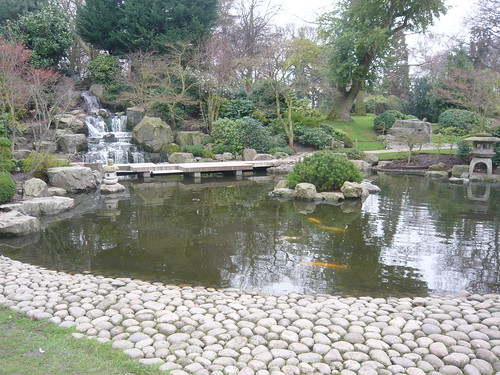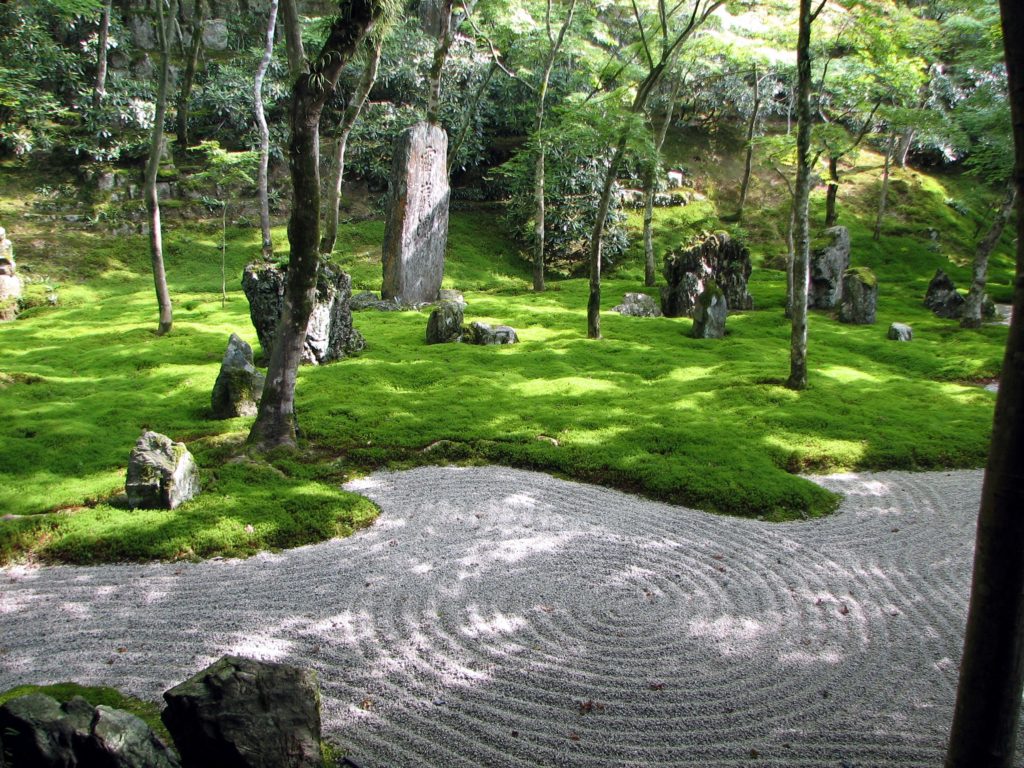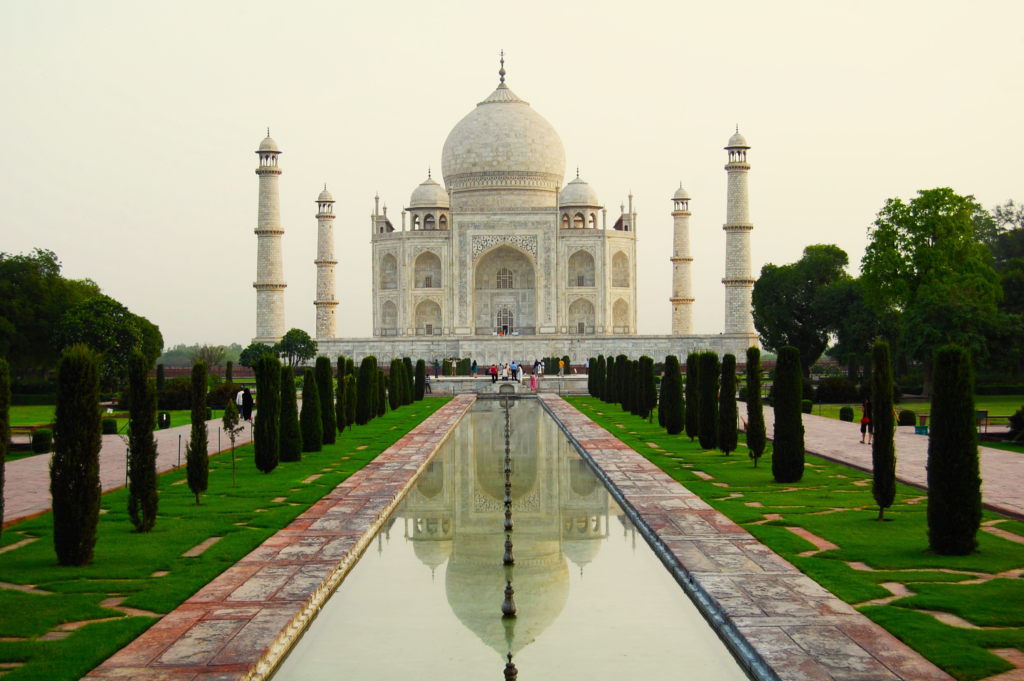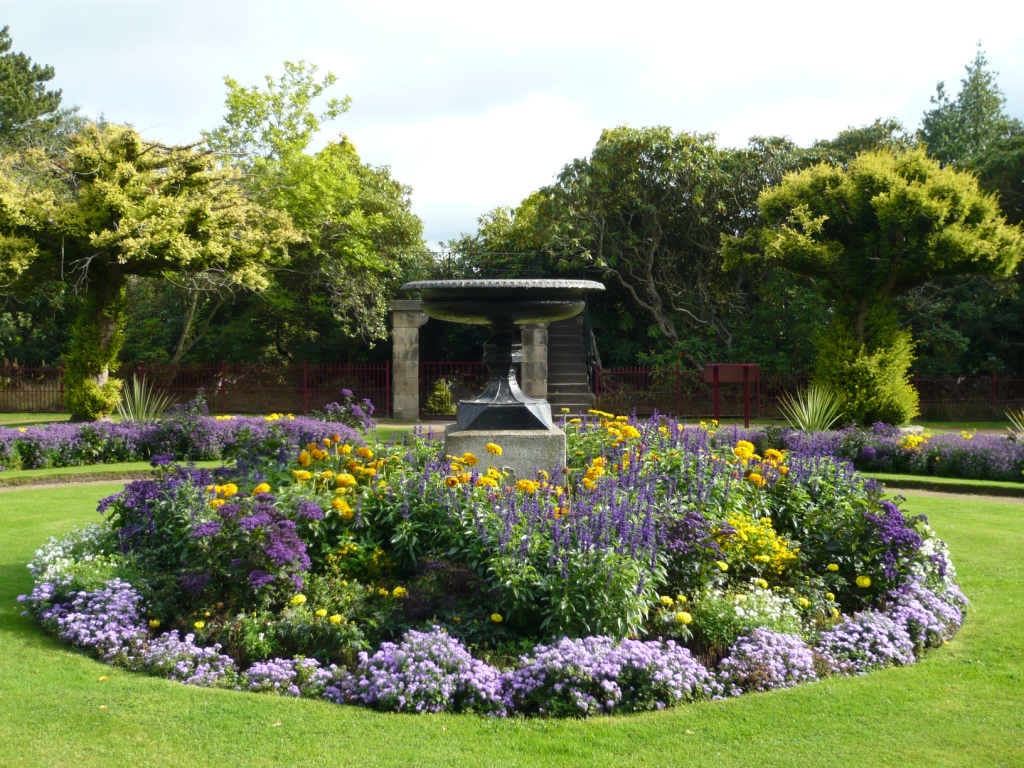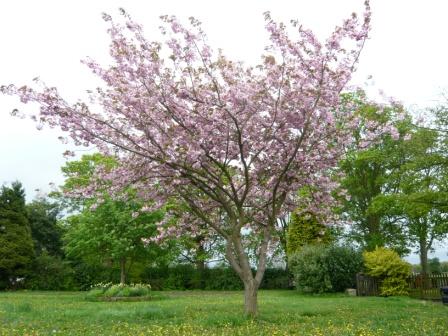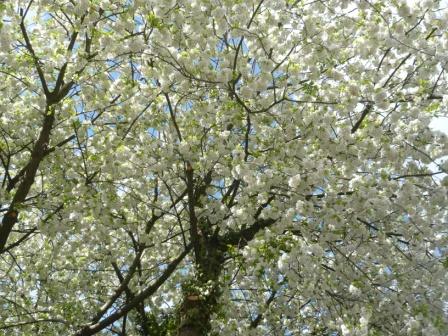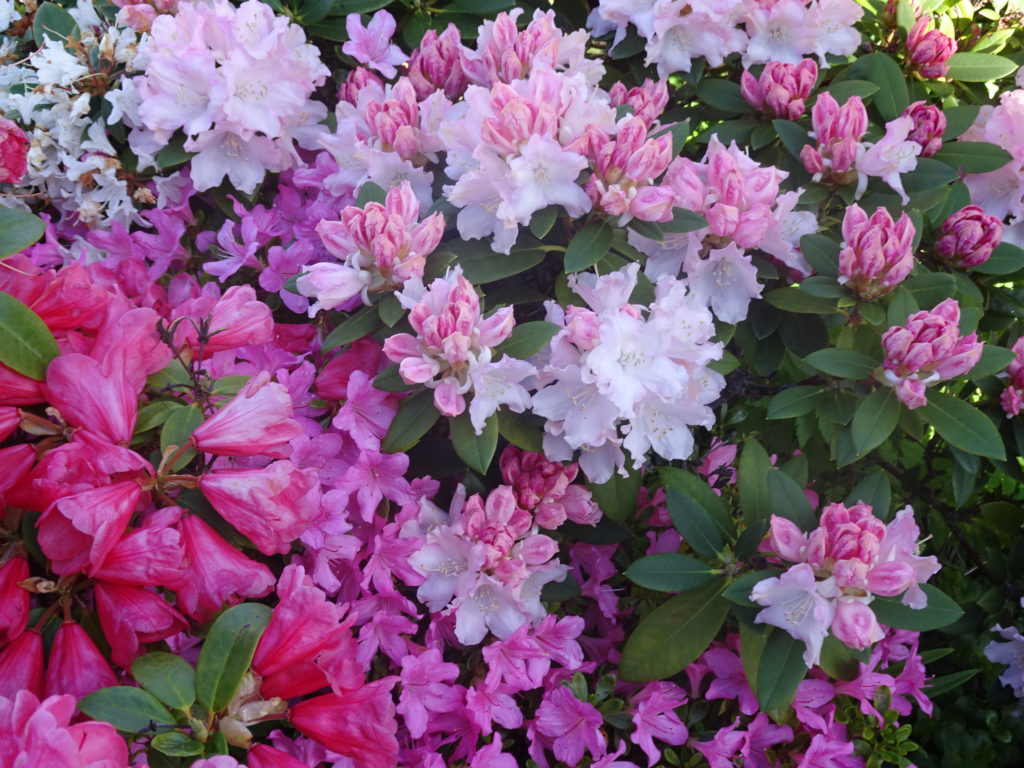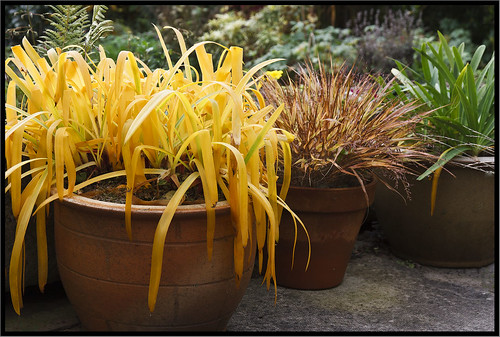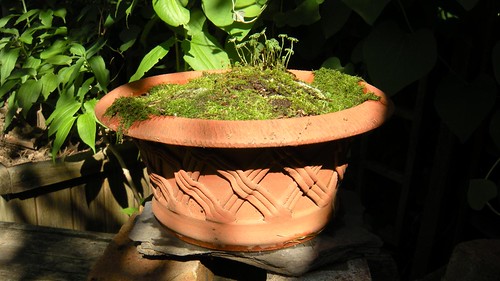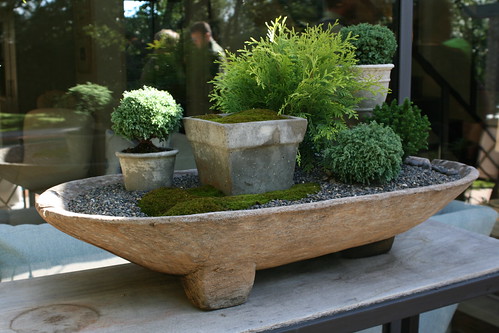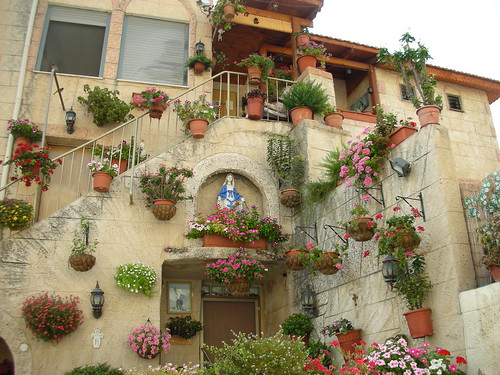Shangri-las
I will use Shangri-la as an all encompassing name for spiritually based gardens and areas of harmonious natural beauty stealing a name from James Hilton in his novel Lost Horizon.
To many Shangri-la conjures up a ‘place regarded as an earthly paradise, especially when involving a retreat from the pressures of modern civilization.oed’ a remote or an imaginary, beautiful place, where everything is pleasant and life approaches perfection
The essence of a spiritual, peaceful gardens is represented in different ways across the world by Buddhists from Tibet, Daoists from China or in Zen gardens from Japan. Some of these forms of a Shangri-la are known to feature in ancient literature from 200 BC.

Gardens with Spiritual or Religious Background
Persian Gardens over the last 5 millennia have soothed and calmed societies with the use of water representing the great rivers of the Tigris and the Euphrates. Building on this spiritual tradition Islamic Mogul gardens stretch across Asia. There have been examples of Hindu influences in India and other developments in Kashmir, Pakistan and Bangladesh together with gardens in other parts of the Mogul empire. Islamic Charbagh gardens are based on the four gardens of Paradise mentioned in the Quran.
Monastic gardens in the UK and Europe are now renown for medicinal herb and vegetable growing. In the middle ages these gardens also acted as pleasure gardens, orchards and even cemeteries, in fact most of the aspects required to enjoy a healthy and spiritual life .
Other Mythical Gardens
The Hanging Gardens of Babylon were reputed to have been built alongside a grand palace known as The Marvel of Mankind, by the Babylonian King Nebuchadnezzar II around 605 BC). This was a gesture for his Median wife Queen Amytis, because she missed the green hills and valleys of her homeland.
 In the Oldest Gardens in the World CWS records claim that ‘The Epic of Gilgamesh, thought to have been written as early as 2100 BC contains the oldest mentions of gardens in surviving literature. Gilgamesh states that his city Uruk was ‘one third gardens’, and in the story visits the ‘Garden of the gods’, a garden with precious stones, pearls and jewel-laden trees.’
In the knights of the round table Avalon was where King Arthur was nourished back to health after his battle with Mordred. Unlike Camelot Avalon was ‘a land of plenty, where wild apple trees and vineyards grow of their own accord no matter what the season.’
TÃr na nÓg in Celtic mythology is the supernatural land only ever seen by a lucky few. Al0ong side the ‘Little Folk’ the slow pace of life has lush dwelling’s in peaceful trees with sumptuous flowers and landscapes that remain green all year round.

